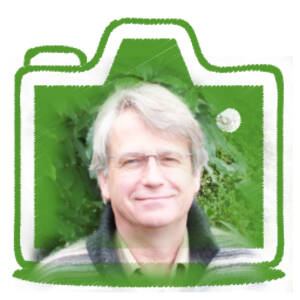LUCENT NS25386 N
There are probably over 100 million numbers, 50 million words, and 18 years of my science research buried under the surface of this walled city called ‘LUCENT NS25386 N 99515 74091556’. It was built way back in the year 1994-Before-Melt. It’s not a very leafy city is it, and there is not a bird in sight.
But actually, this is just a macro shot of part of the circuit board on the back of a ‘hard drive’ which has been extracted from a desktop computer. It was used by a team of ecologists, mathematicians, climatologists and social researchers from the University of Otago, New Zealand between 1994 and 2016. We worked with the Rakiura Māori tītī harvesting community (the “muttonbirders”) to predict whether their harvests were sustainable. The ‘kaitiaki’ (Māori environmental guardians) wanted to make sure that the tītī remained plentiful enough for their ‘mokopuna’ (grandchildren) to continue their traditionally important and culturally defining harvest. You might know tītī better as “muttonbirds”, or the chicks of sooty shearwater (Ardenna grisea) chicks.
For centuries extended families have travelled to the Tītī Islands in the extreme south of New Zealand to harvest the fully grown chicks just before they fledge each April and May. The primary goal was to safeguard this traditional harvest from effects climate change, fisheries bycatch, overharvesting, and the ravages of introduced predators. The birders called the 22-year research project “Kia Mau Te Tīīi Mo Ake Tonu Atu”, which translates as “Keep the Tītī forever and ever”.
We were also interested in discovering what constitutes Māori ‘kaitiakitanga’ and ‘mātauranga’ (their environmental philosophy and associated practices). Could such indigenous knowledge and ecological science work in partnership to help each other and the environment? What happens if they disagreed? Muttonbirding is the last large-scale harvest of wildlife still managed by New Zealand’s indigenous people in largely traditional ways, so we figured if we were to learn about indigenous approaches to environmental management, we would find it here.
I may share some of the lessons from the research in future Blips, but it is appropriate to say here from the outset that both the science and the Māori bird harvesters helped each other. In my own case I found a whole new world view and learnt as much about myself as about mātauranga and kaitiakitanga.
The millions of numbers (bird tag numbers, weights, bill measures, burrow counts, vegetation plots, burrowscoping results … etc.) and words (papers, reports, interview transcripts) are now assembled into half a dozen data lockers like the one photographed here. Each metal box measures 15 x 10 x 2 cm. The highest “buildings” in the city are 2 mm tall. The “streets” (circuits) are a fraction of a mm high. I stitched together three photos for the image, each made up of 80 focus stacked slices of the relief.
Thanks to Davidc for hosting Tiny Tuesday. I wonder what lies beneath the surface of other images for this week’s challenge which had a theme of ‘Technology’? Certainly, taking this photograph precipitated unsettling but also interesting reflections and memories for me. It’s humbling to realise that the blood, sweat and occasional tears shed by over 200 researchers over 22 years are now represented by the patterns of electrons stored in six of these metal cases.

Comments
Sign in or get an account to comment.


